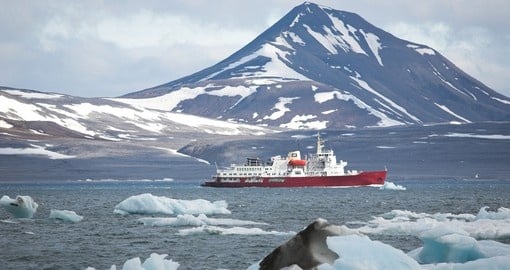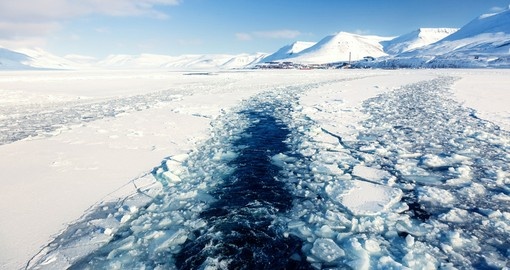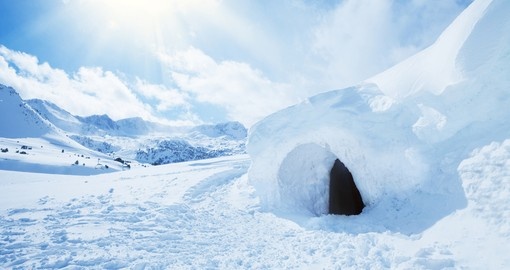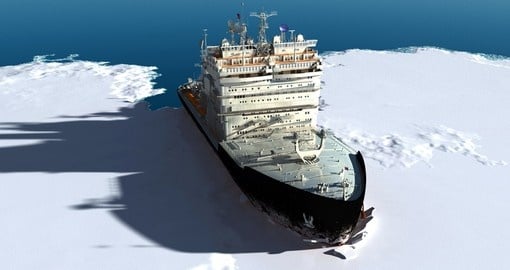Arctic History
The first people to set foot in Greenland arrived around 4 to 5000 years ago from the North American continent via Canada when the sea froze in the narrow strait at Thule in northern Greenland. No less than six different Inuit cultures have immigrated in several waves, and Greenland's population today is descended from the last immigration, the Thule culture, which arrived here in around the 9th century AD.
This final Inuit immigration took place at around the same time as the arrival in Greenland of the Norse settlers and Erik the Red, which was in 982 AD, and which is described in detail in the Icelandic sagas. The Norse population disappeared from Greenland in around 1500 AD for reasons that have never been fully explained, although countless well-founded theories about their disappearance still flourish today. Many of the Norse settlers' ruins are still visible on plains and mountainsides in South Greenland and at Nuuk, and they are therefore popular destinations that attract tourists wishing to gain an insight into an exciting culture from the Viking period.
Following the disappearance of the Norse population, expeditions from England and Norway came to Greenland throughout the 16th and 17th centuries, and from the 17th and 18th centuries, it was primarily the European whalers who came into contact with the Inuits. This resulted in extensive trade and the Inuit were particularly taken with the Europeans' small glass beads, which today are used in the national costume. The missionary Hans Egede from the joint kingdom of Denmark-Norway arrived in what is today known as Nuuk in 1721 in his search for the Norse settlers. He never found them but instead converted the Inuit to the Christian faith. The hardy Inuit cultures have survived in Greenland by inventing and developing essential tools and implements that have been adapted and refined over generations, and which are in fact still in use today. A dogsled is also a tool from the past, although it is probably the traditional appliance that is most used in today's modern society. Indeed, Greenland has become a modern society, where snowmobiles have in some cases replaced the sleds.
Canadian Arctic exploration dates back thousands of years, although the majority of Arctic exploration occurred during the past 500 years by European explorers. Initial explorers of the Canadian Arctic were the Inuit and then the Vikings as early as 850AD. Early Europeans began to explore the region around 1500 AD and continued their exploration for hundreds of years. Today, modern exploration still takes place, in the name of scientific research, military usage, and small-group exploration and tourism.
It was during the 16th century that Europe began to investigate the possibility of a passage in the Northwest that would offer a safer sea route to the Orient. While searching for the Northwest Passage, the Canadian Arctic began to take shape through the discoveries of new land and waterways by European explorers, and into the modern era.
Get a Trip Quote Order a Brochure




















